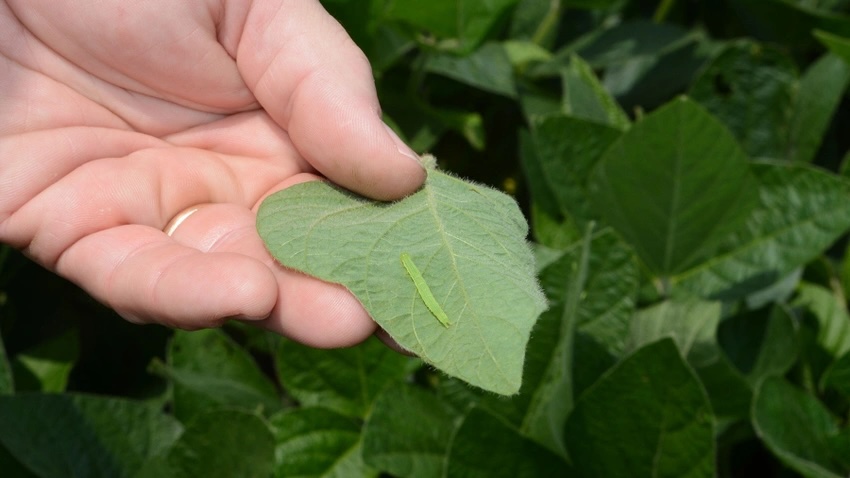Spray fungicides on soybeans or wait to see disease?

Our chemical rep wants to sell us fungicides now for all our soybeans. We tried fungicide in ’23 but didn’t have test strips. Beans were good … maybe better? Should we wait for signs of diseases?
This month’s Indiana certified crop advisers panel includes Andy Like, an independent crops consultant, Vincennes; Jeff Nagel, agronomist with Ceres Solutions, Lafayette; and Marty Park, agronomist with Gutwein Seed Services, Rensselaer.
Like: Waiting to see visual symptomology of disease before spraying has not worked well. Once you see disease, yield damage is already done. Many popular fungicides are preventive in nature, so they provide little to no benefit once disease is established. The yield-protecting benefits of fungicides for soybeans are well known and studied. I would plan on using fungicides in ’24 if your yield potential supports spending money on the application. Plan on leaving check strips in several fields to quantify yield response of the application.
Nagel: There were some excellent soybean yields in 2023. Overall, foliar disease levels were low in 2023 due to drier weather during the growing season. A combination of high-yielding varieties, timely planting, key rains in late July into the first half of August, and more intentional management translated to high yields for several farmers.
Plant health applications generally include a fungicide and insecticide. While we often don’t reach an economic threshold for any one insect, we typically see a return on investment for adding insecticide for bean leaf beetle, stinkbugs, Japanese beetles and other foliar-and-pod feeders.
Our experience over the past few years as yield potential has increased is that a plant health application often provides at least a breakeven return on investment. There is upside in heavier disease or insect pressure years. It’s always a good idea to leave untreated strips to gauge consistency of return on investment on your farm.
Park: Many growers routinely spray soybeans with fungicides as a standard practice between late R2 and the R3 growth stage. These are key reproductive growth stages. Growers are not basing their decision on observation of certain diseases. Their goal is to keep soybeans healthier throughout the pod-filling period. Spraying fungicides on soybeans does not pay for itself every year, but some years it can pay big dividends. Evaluate your costs relative to the value of a bushel of soybeans and make your decision. I would encourage you to leave check strips to compare results.

